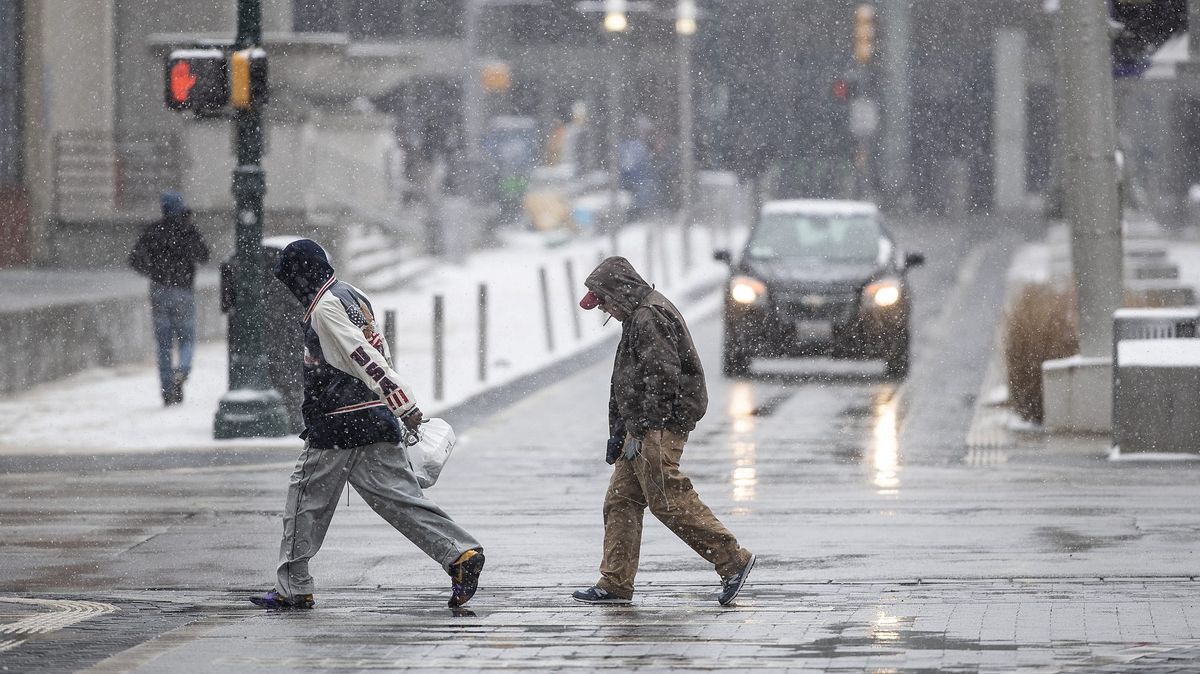
Indianapolis weather can be quite the rollercoaster! Ever wondered why? Indianapolis experiences all four seasons, each bringing its own unique charm and challenges. Summers can get hot and humid, while winters often bring snow and chilly winds. Spring and fall are more moderate but can be unpredictable. Did you know that Indianapolis averages about 42 inches of rain annually? Thunderstorms are common in the warmer months, sometimes even bringing tornadoes. Winters, on the other hand, see around 22 inches of snow. Whether you're a local or just visiting, understanding Indianapolis's weather can help you plan better and stay prepared.
Indianapolis's Weather: A Mix of Extremes
Indianapolis, the capital of Indiana, is known for its diverse weather patterns. From scorching summers to icy winters, the city's climate keeps residents on their toes. Let's dive into some fascinating facts about Indianapolis's weather.
Summer Heatwaves
Summers in Indianapolis can be quite intense. The city experiences high temperatures and humidity, making it feel even hotter.
-
Indianapolis's highest recorded temperature was 106°F (41°C) on July 14, 1936. This extreme heatwave was part of the Dust Bowl era, which affected much of the United States.
-
Humidity levels in the summer can reach up to 90%. This high humidity makes the air feel much warmer than the actual temperature, leading to sticky and uncomfortable conditions.
-
Thunderstorms are common during the summer months. These storms can bring heavy rain, lightning, and even hail, providing a temporary break from the heat.
Winter Wonderland
Winters in Indianapolis are cold and snowy. The city transforms into a winter wonderland, with snow-covered streets and frosty mornings.
-
The coldest temperature ever recorded in Indianapolis was -27°F (-33°C) on January 19, 1994. This bone-chilling cold snap was part of a severe winter storm that affected much of the Midwest.
-
Snowfall averages around 25 inches per year. This snowfall can vary greatly from year to year, with some winters seeing much more snow than others.
-
Ice storms are a significant winter hazard. These storms can coat roads and power lines with a thick layer of ice, leading to dangerous driving conditions and power outages.
Spring and Fall: Transitional Seasons
Spring and fall in Indianapolis are transitional seasons, marked by fluctuating temperatures and unpredictable weather.
-
Spring temperatures can vary widely. It's not uncommon to experience a 30-degree swing in temperatures within a single day during the spring months.
-
Tornadoes are a risk during the spring. Indiana is part of Tornado Alley, and while tornadoes are not as common as in some other states, they do occur and can cause significant damage.
-
Fall foliage in Indianapolis is stunning. The city's many parks and tree-lined streets burst into vibrant colors, making it a favorite time of year for many residents.
Weather Patterns and Phenomena
Indianapolis's weather is influenced by various patterns and phenomena, making it a city of meteorological interest.
-
The city experiences all four seasons distinctly. Unlike some regions that have mild transitions, Indianapolis has clear and defined seasons, each with its own unique weather patterns.
-
Lake effect snow can impact the city. While more common in northern Indiana, lake effect snow from Lake Michigan can occasionally reach Indianapolis, adding to the winter snowfall totals.
-
The jet stream plays a significant role in the city's weather. This fast-flowing air current can bring sudden changes in temperature and weather conditions, especially during the transitional seasons.
Historical Weather Events
Indianapolis has seen its share of significant weather events throughout its history.
-
The Great Blizzard of 1978 was one of the most severe winter storms to hit Indianapolis. The city was buried under several feet of snow, and temperatures plummeted, causing widespread disruptions.
-
The Flood of 1913 remains one of the worst natural disasters in the city's history. Heavy rains caused the White River to overflow, leading to extensive flooding and damage.
-
The 2002 tornado outbreak was a significant event. Multiple tornadoes touched down in and around Indianapolis, causing extensive damage and highlighting the city's vulnerability to severe weather.
Indianapolis's weather is a fascinating mix of extremes and transitions. From scorching summers to icy winters, the city's climate keeps residents prepared for anything.
Final Thoughts on Indianapolis Weather
Indianapolis weather is a wild ride. From blistering summers to frigid winters, the city experiences it all. Thunderstorms are common in spring and summer, bringing much-needed rain but also the occasional tornado. Winters can be harsh, with snowstorms and freezing temperatures making life a bit challenging. However, the fall foliage is breathtaking, offering a colorful respite before winter sets in. Humidity levels can be high, especially in summer, making the heat feel even more intense. Despite the weather's unpredictability, residents and visitors alike find ways to enjoy the city's many outdoor activities. Whether you're a fan of snowball fights or sunny picnics, Indianapolis has something for everyone. So, next time you're in the city, be prepared for anything. The weather might surprise you, but that's part of the charm.
Was this page helpful?
Our commitment to delivering trustworthy and engaging content is at the heart of what we do. Each fact on our site is contributed by real users like you, bringing a wealth of diverse insights and information. To ensure the highest standards of accuracy and reliability, our dedicated editors meticulously review each submission. This process guarantees that the facts we share are not only fascinating but also credible. Trust in our commitment to quality and authenticity as you explore and learn with us.
